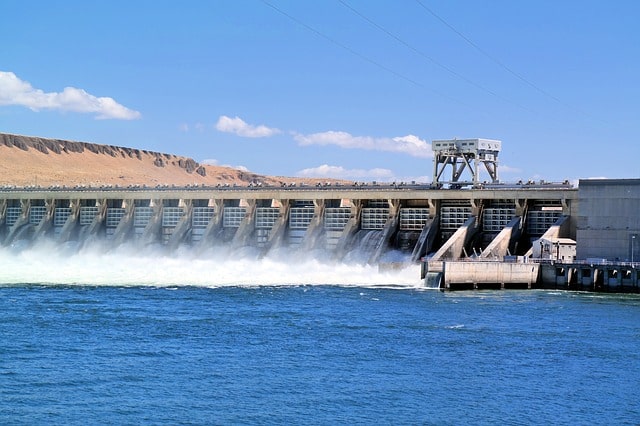What are Alternative Energy Options?
Introduction
Many things in our modern society consume electricity. From cars to lights to the device you're viewing this on, everything uses at least a little electricity. However, much of this power is obtained from non-sustainable methods, such as through burning coal and oil. Given enough time, all the coal and oil in our planet will be burned, but even before then, these power solutions will pollute the planet enough for it to be uninhabitable. Due to these characteristics, it is important to find alternatives, some of which are listed below. Some of these alternatives are already being used, but they make up small percentages of our power generation compared to those of fossil fuels.
Examples of fossil fuel alternatives
- Solar
- Nuclear
- Biofuel
- Wind
- Hydroelectric
- Source
Comparison of Energy Options
| Source of power | cents/kWh | Efficiency |
|---|---|---|
| Coal | 4.8 | 32%-45% |
| Hydroelectric | 5.1 | 90%-100% |
| Nuclear | 4.3 | 30%-36% |
| Source | ||

Listed above are several of the many alternatives to fossil fuels. However, with the wide breadth of possibilities, the question becomes, how do we determine which of these options are truly valuable? The simplist way to do this would be to compare them, as is done in the table above. The table compares the cost of each of the power sources, per kWh produced as well as the efficiency of the power generation method (how much of the consumed resources energy is converted into electricity). In the few options above, nuclear power is the cheapest, while hydroelectric power is the most efficient.
